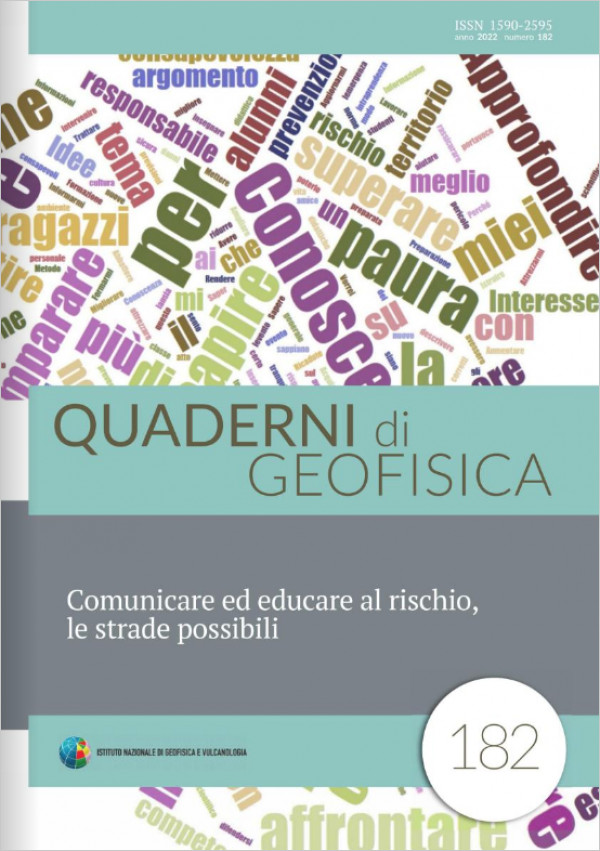We present here the results of a five-years-long earthquake educational project aiming to commemorate the hundredth anniversaries of five large Northern Apennines earthquakes occurred between 1916 and 1920 in the areas of: Rimini (1916, Mw 6.1), Valtiberina (1917, Mw 5.9), Romagna Apennines (1918, Mw 5.9), Mugello (1919, Mw 6.3) and Garfagnana (1920, Mw 6.5) earthquakes.
We saw these anniversaries as the occasion for leading the Northern Apennines people to rediscover their past, in a positive way, and to improve their awareness of the earthquake as a natural feature of the regions in which they live.
The activities that we planned for schools students encouraged them to go hunting for traces of the earthquakes of one hundred years ago in their home towns and to rediscover the memories and traditions of their communities. Together with their teachers, we also led the teenagers to find creative
ways to involve the grownups in the process of discovery and knowledge.
The Project had to cope with two emergencies: the great Central Italy earthquake of 2016-2017 and the Covid-19 epidemic. However, these stumbling blocks did not deter teachers and students from taking part in the process actively and even enthusiastically. Their families and communities were actively involved too.
This experience taught us some valuable lessons. First of all, we learned to adapt the project, as we had conceived it at the start, to a wide gamma of social and cultural contexts. Not all the involved communities were equally aware of the level of seismic risk they are exposed to. On the affluent Adriatic coast, where tourism is the main source of income, past earthquakes are something best forgotten, by citizens and administrators alike. On the contrary, in the poorer inland mountain areas (Forlivese Apennines, Mugello, Garfagnana and Lunigiana) a more down-to-earth attitude prevails: earthquakes are looked upon as something that can and does happen and people are quick to grasp how important it is to contribute to initiatives whose aim is reducing seismic risk. Thus, we had to adapt our approach to the different contexts, modifying each time the activities we proposed to the schools with the aim of obtain the best possible results from each situation.
Published: 2022-12-21

